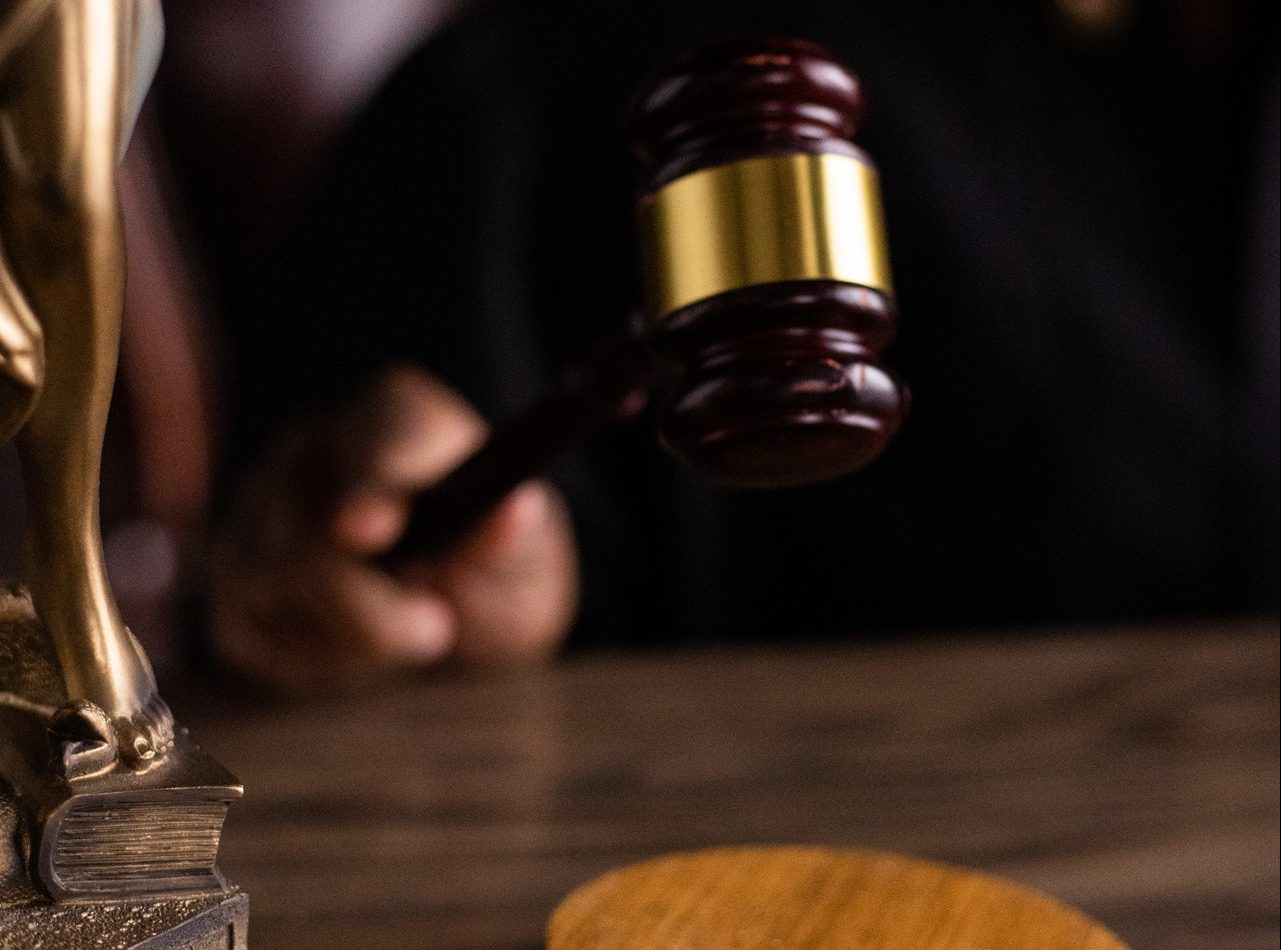In Above the Law, a US publication, the authors engage critically with the skepticism surrounding jury bias. They state, “there are a lot of potential jurors out there who won’t admit to prejudice, or don’t even know they have it. What prejudice is to one person is just day-in-the-life for another. It’s a concept open to a lot of interpretation.”
The courtroom is often controlled by judges, clerks, and the attorneys who represent their clients. However, there is one subset of persons who ultimately have the final say in a criminal trial—the jury members. These members are usually composed of the general population——who each hold their respective title and occupation. Considering this, it is important to remember that the jury members are human and as such, they carry their own prejudices, preconceived notions, and biases which may influence the determination of a criminal defendant’s guilt.
In The Bahamas, every person aged twenty-one years and above residing in a sitting district is qualified for jury duty. Section 18 of the Juries Act states that in every trial for murder or treason, the jury shall consist of twelve persons (with three alternate jurors) and in any other trial consist of nine persons. Section 19 of the Juries (Amendment) Act, 2014 provides that both the prosecution and the accused may each challenge peremptory and without any cause a maximum of four jurors in a trial for murder or treason, and up to two jurors in every other trial. The grounds on which the prosecution and the accused may challenge a juror include the following: the omission of the juror’s name from the list; circumstances which may affect their impartiality between the prosecution, the accused, and all relevant parties; any convictions with sentences in excess of imprisonment beyond one year (including death);, status as an alien under the law, or an inability to speak, read or write English. A juror may also be challenged if they were returned to serve as a juryman contrary to the provisions in force for the jurors returning and in rotation. Additionally, an individual may be challenged if they are deemed by a judge to be insufficient for any reason to serve as a juror in court proceedings.
Lori Quick in her article “Juror Misconduct: Recognizing It and Raising it on Appeal”, discusses juror bias and consequently, the potential of juror misconduct during a trial. She seeks to differentiate between actual bias and implied bias. Actual bias is defined as the existence of a state of mind on the part of a juror that prevents them from acting with impartiality and without prejudice to the substantial rights of any party. Whereas implied bias exists on facts as ascertained or from the potential for substantial emotional involvement, adversely affecting impartiality. Considering the types of bias highlighted by Lori Quick in her article, it is clear that a juror’s impartiality when hearing a case is paramount compared to any other requirement. However, it is not unique to believe that a juror’s life experiences (i.e., particular biases) can affect their understanding of the evidence (or lack thereof) before the Court and inform their opinion when rendering a verdict.
A juror’s racial bias can influence their impressions of the involved parties and witnesses in a trial. A potential solution to curb racial bias is to have a diverse jury pool. This allows for more perspectives to be considered, resulting in a more thorough deliberation process that accurately reflects the facts of the case. Additionally, and more importantly, a more racially diverse jury leads to greater public confidence in the fairness and justness of verdicts.
The question of perceived racial bias by a jury following a guilty verdict has come up on many occasions, most recently in the U.S trials of Amber Guyger and Derek Chauvin. Both cases involved white police officers who killed black men. Amber Guyger went to her apartment complex after the end of her shift and shot and killed twenty-six-year-old Botham Jean after mistaking his apartment for hers. Derek Chauvin kneeled on George Floyd’s neck after responding to a call from a local store. Chauvin refused to remove his knee from George Floyd’s neck, ultimately killing him. Both Guyger and Chauvin were convicted of murder. Due to the nature of both cases, the intention during jury selection was to ensure that any potential biases were minimized to ensure fairness, as evidenced based on the make-up of both juries. Alex Piquero, a criminologist at the University of Texas in Dallas said ““This trial had a magnifying glass on it,” and jury selection was a fairer process because of that…”.
Regions across the world must contend with potential racial biases among jurors. Even in Caribbean nations for example, the jury pool may be composed of persons who resemble a particular party such as the accused, the defence counsel, the prosecutors, or the judge. The jury pool is often composed of persons who look and talk like the accused, the defence counsel, the prosecutors and the judge. What potential bias can then be expected in the jury pool? Racial biases can affect the outcome of a case in countries that are predominantly black. Consideration should still be placed on the fact that different nationalities reside in these countries and jurors may hold potential biases in this regard. What strategies exist to diversify a jury pool in these instances? A possible solution may be to do away with jury trials, but this would ultimately place an accused’s guilt or innocence in the hands of one person who is similarly susceptible to his or her own biases.
Ultimately, we should all be aware of what causes our potential biases. By taking the time to examine what is influencing our decisions and asking ourselves if we would choose differently if it were someone of a different race, gender or class will help to ensure verdicts are rendered fair and just.

